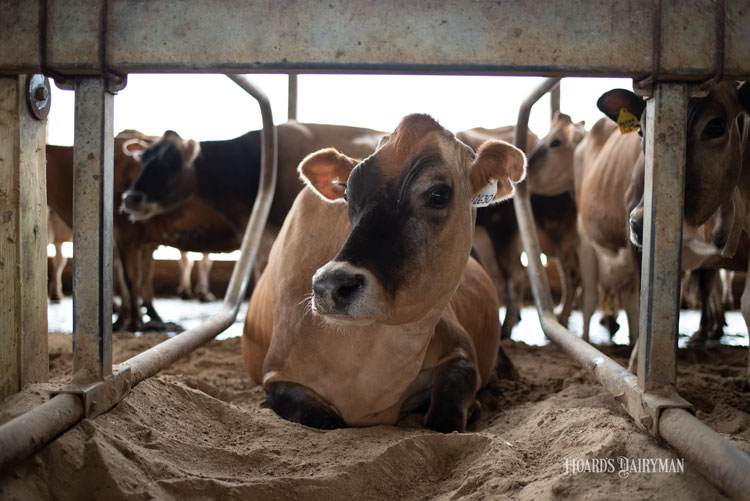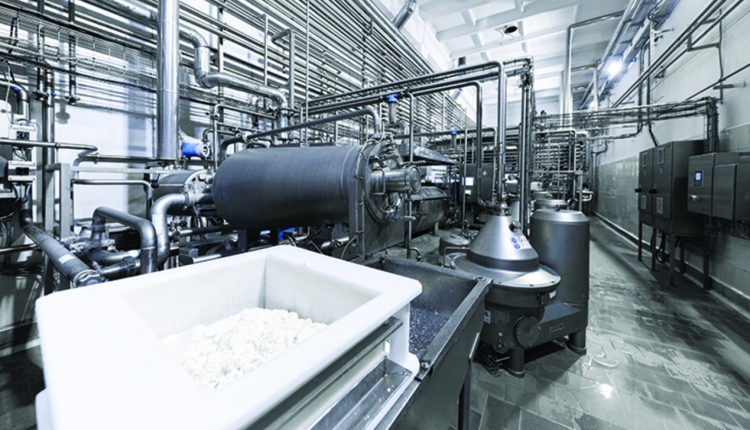
“Milking is a complex interaction where the dairyman, the cows, and the milking unit need to work as one,” said Greg Strait, an extension educator in Pennsylvania’s Fulton County.
Cleanliness, routine, and equipment all need to be taken into account to reduce mastitis.
Strait said that farmers sometimes want to blame the stage of lactation or nutrition for high somatic cell counts (SCC). However, it’s really management practices that expose teats to bacteria that causes mastitis, as well as the cows’ environment.
“They need to be clean, clean, clean,” Strait said during Penn State Extension’s “Tools to Reduce Mastitis on your Farm.” He stressed using strict parlor routines, completely-dried towels, and dry bedding. He specifically recommends using the knee test.
“Go out, get down on your knees. See if your bedding is soft — see if it’s dry,” he said.
If you have wet knees when you stand up, it’s not dry enough. Strait further explained he’s seen all types of different bedding work on farms, but it really needs to be dry and deep to discourage bacterial growth.
The overall cleanliness of cows in the parlor always reduces the chances of mastitis. Check the back of the front of their legs to see if they’re kicking, running, and splashing. Strait stressed that dirty cows cause more labor, more time, and lower quality milk.
“It comes back to cleanliness — not just of the cows but of equipment . . . to be successful and profitable, all your equipment needs to be clean,” added Amber Yutzy, dairy educator with Penn State Extension.
Strait added that the cleanliness factor goes all the way back to raising calves.
“If you’re not willing to curl up and take a nap in your calf hutch, then there’s a problem,” he said.
Milking machines and mastitis
Another barrier to cleaning teats is hyperkeratosis, which is sometimes caused by overmilking. Farmers need to ensure that cows are being milked for the proper amount of time to prevent damage.
In general, “wet milking” is preferred over “dry milking” due to the impact on teat health, which is essential for mastitis control. To test this, Strait suggests that farmers check the volume of milk in a quarter immediately after the unit comes off. The goal is that there are two ounces per teat left in the quarter. That’s “wet milking.”
“You will have much better animal and milk flow if you leave some milk in that animal,” Strait said.
To deal with mastitis, Yutzy recommended on-farm culturing, plus strict record-keeping that includes recording the infected teat, bacteria type, treatment length, and cure rate.
“You definitely cannot cull your way out of a mastitis issue . . . there are many things that need to occur if you’re having mastitis problems on your farm, and culling is not the number one stop,” Yutzy said.








